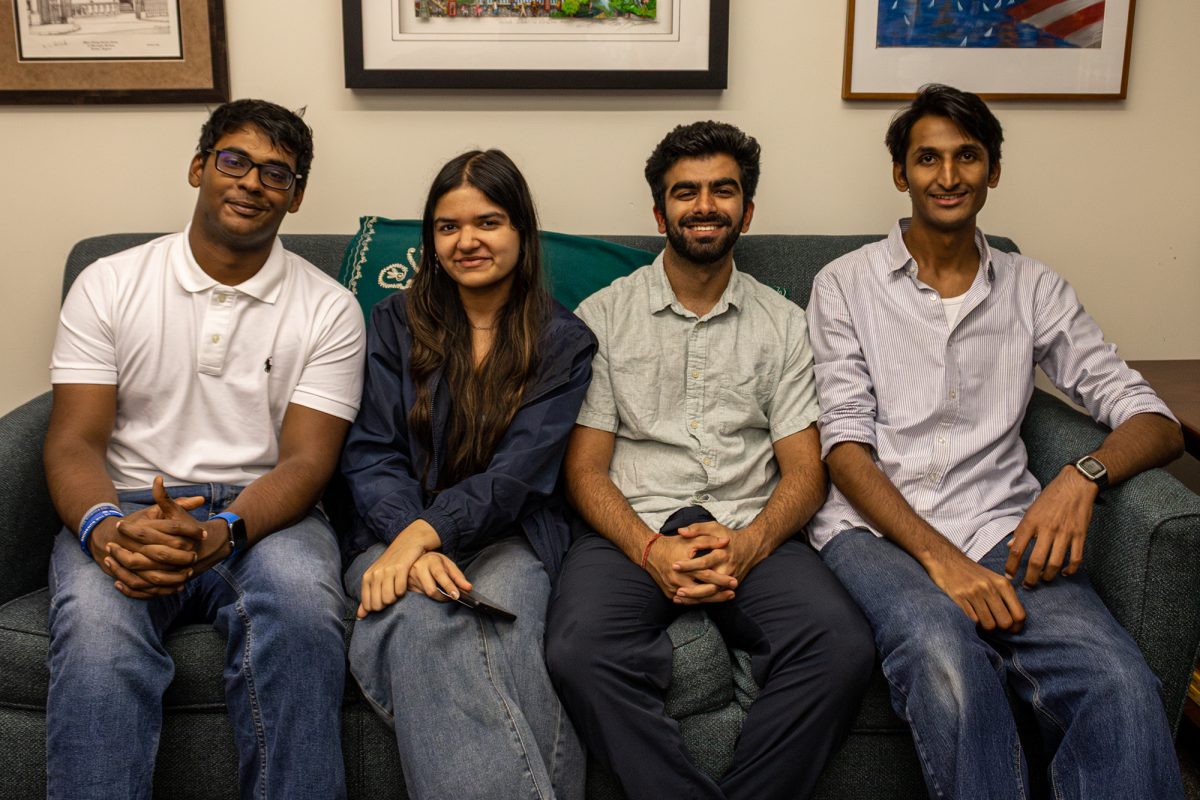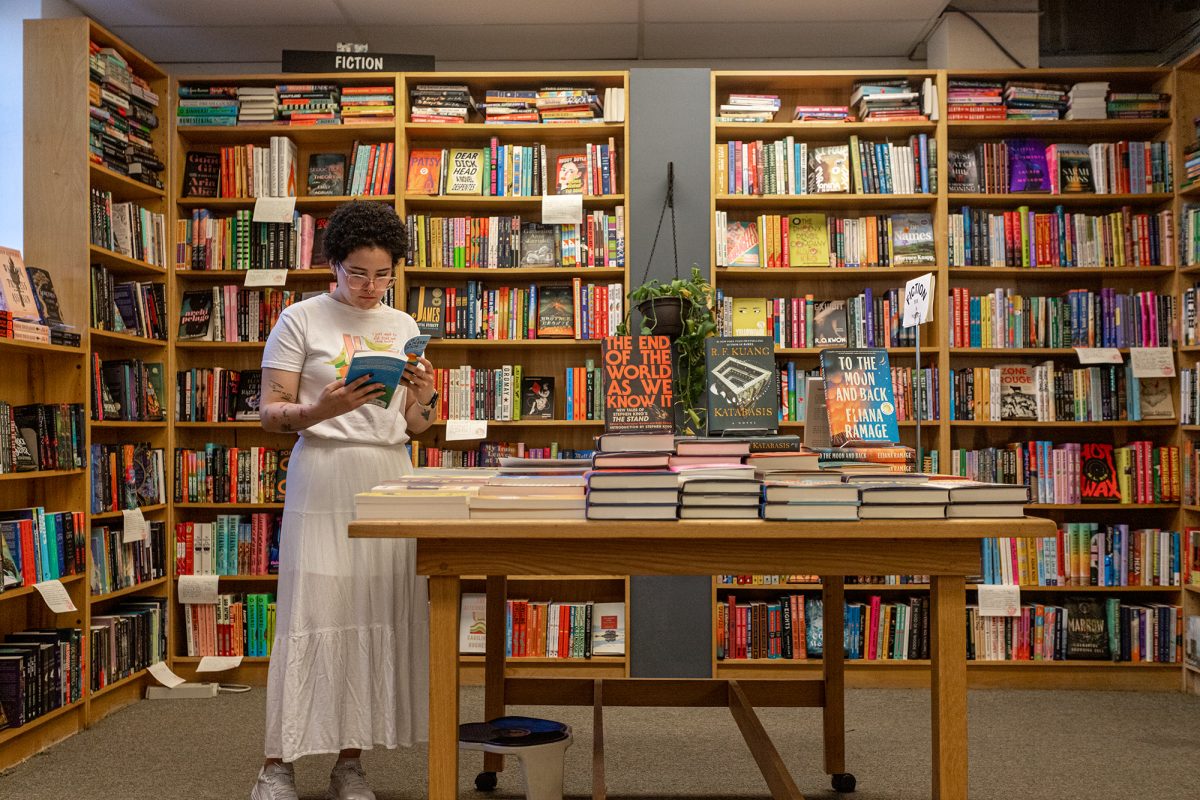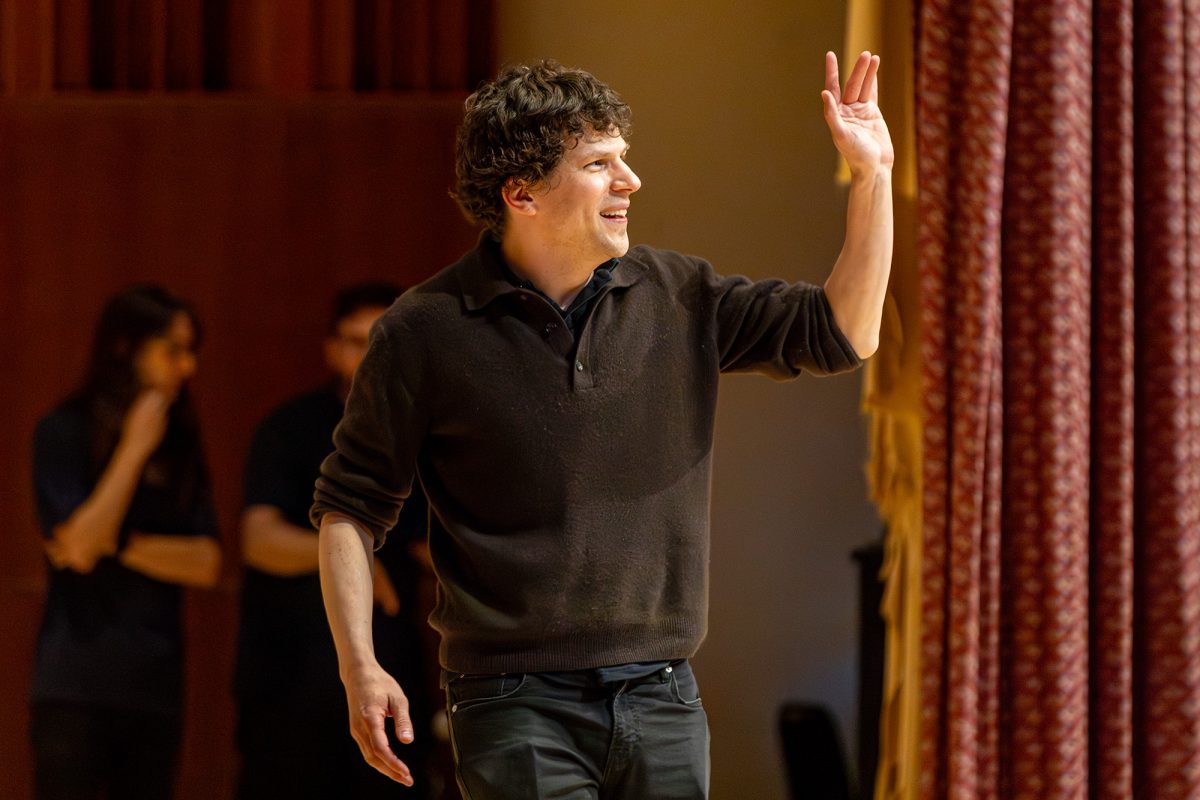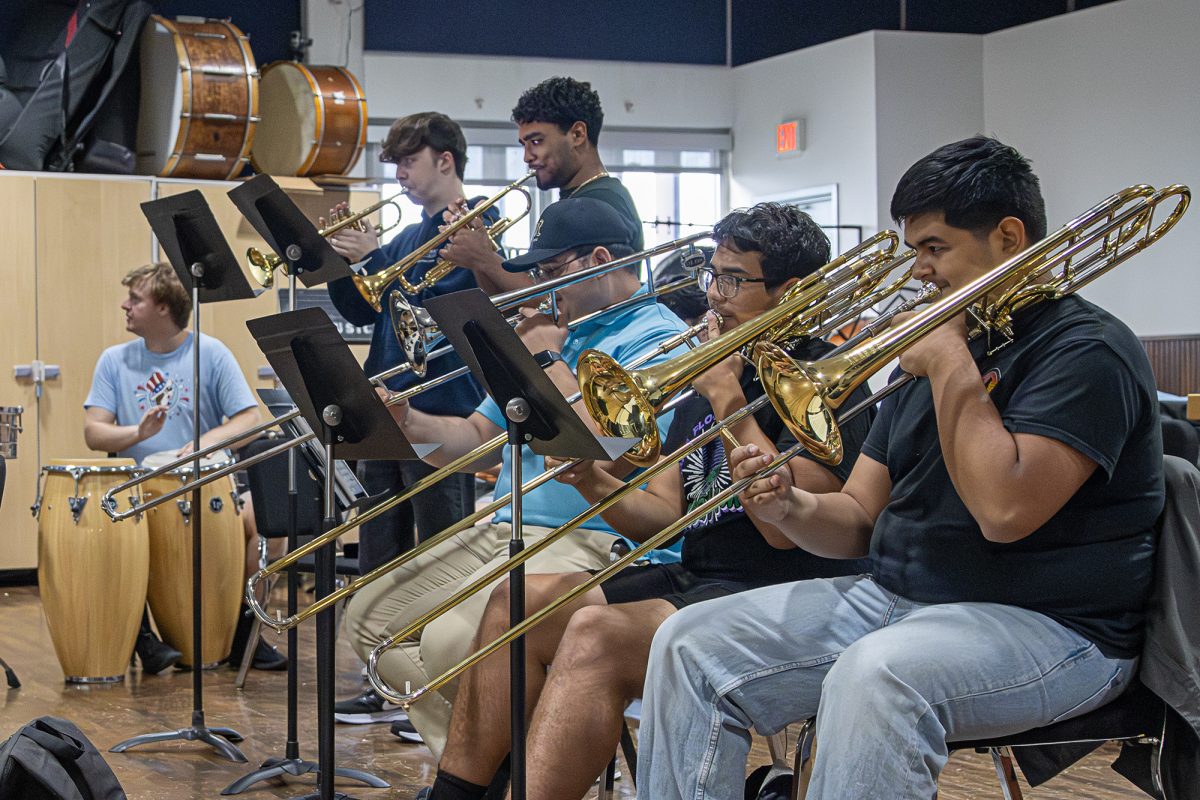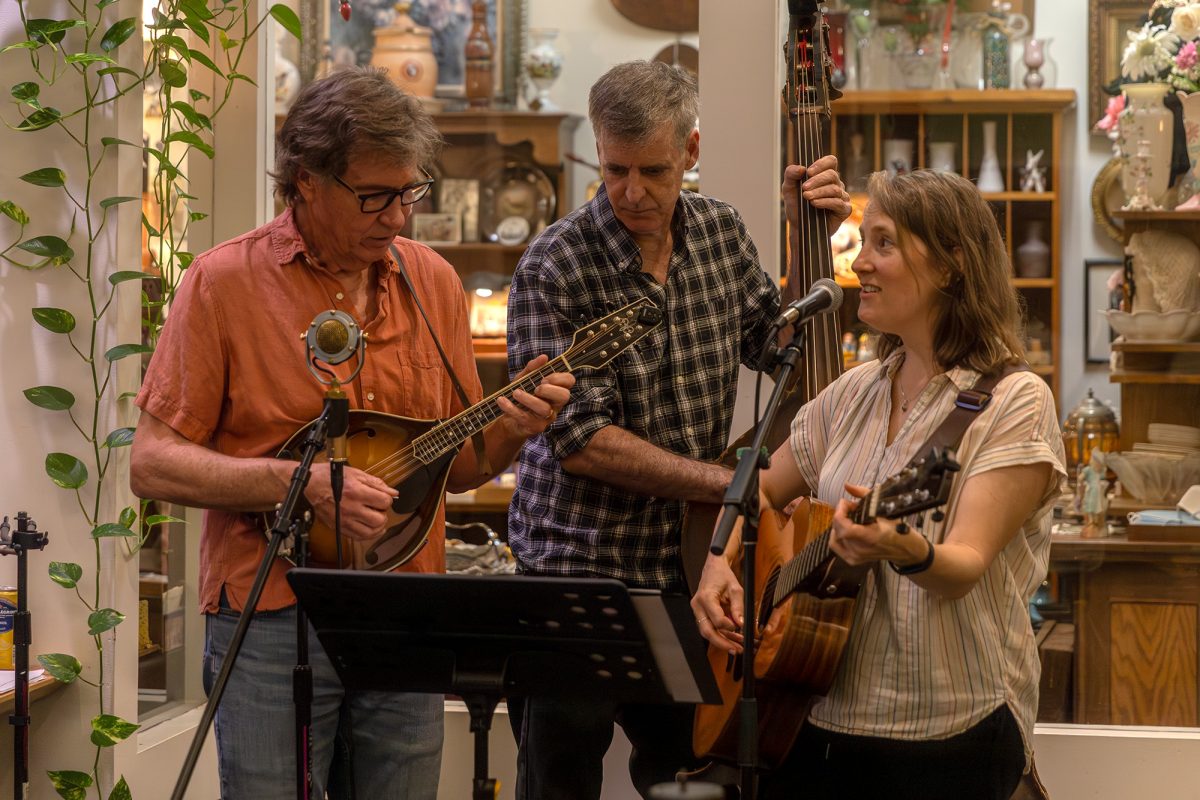The South Asian Student Association, which was reestablished as a club in Spring 2025, is returning to campus after a hiatus. SASA will be making its debut once again as a community that will teach others about South Asian culture and provide a safe space for those who identify with it.
Senior Ashan Anthonisz Chandrasena, president of SASA, said SASA will provide an environment that will assist students of South Asian descent with adjusting to life on campus. According to IC Engage, the club will aid in issues such as cultural differences and academic hurdles.
Anthonisz Chandrasena restarted SASA with two other students: Leena Asim ’25, an international student from Pakistan and sophomore Pranat Shah, the treasurer of SASA, who is an international student from India.
“It is a platform for us to celebrate our culture, but also a platform to spread awareness about the misconceptions of what the culture is about,” Shah said. “It’s actually more fun than you might think.”
Anthonisz Chandrasena said that in 2022, SASA was not very active and once the e-board graduated, there was not anyone to take up the mantle, so the club did not get re-recognized. In Spring 2025, Anthonisz Chandrasena and Asim worked together on reestablishing the club starting with an e-board and an advisor. Because the re-recognition timeline had passed, they had to start anew.
Anthonisz Chandrasena said SASA is now working on collaborating with other organizations such as the IC International Club and the Asian American Alliance.
Anthonisz Chandrasena said SASA is talking with the IC International Club to collaborate in its celebration of Diwali, a Hindu festival of lights and a fun time for students to dress up in ethnic South Asian clothing, and Holi in the spring, a festival where participants throw powdered color at each other.
“Anyone who wants to learn, anyone who wants to attend, anyone who wants to try the free food, or listen to some really good music, [is] always more than welcome to come to these events,” Anthonisz Chandrasena said. “Right now, we’re in a lot of planning stages.”
Anthonisz Chandrasena said events such as Diwali raise awareness and excitement surrounding South Asian culture. Anthonisz Chandrasena said that despite having the IC International Club and the Asian American Alliance Club, there is still a lack of opportunities to have dialogue on South Asia.
“It’s really hard to see [South Asian culture represented] at a lot of events,” Anthonisz Chandrasena said. “Myself … and Leena … came to a completely new culture. We never experienced American culture before [and] what that was like. It was a huge adjustment period, and we didn’t have that kind of space to be ourselves.”
South Asia contains one fourth of the world’s population and consists of eight countries: Afghanistan, Bangladesh, Bhutan, India, the Maldives, Nepal, Pakistan and Sri Lanka.
Anthonisz Chandrasena said while the International Club was open for everyone, it was a mixture of many different cultures and it was hard to connect with people specifically from South Asia. Anthonisz Chandrasena said he was the only Sri Lankan at the college for his first two years, and when he heard there was another Sri Lankan on campus his junior year, he got really excited.
Trisha Mukherjee ’23, advisor of SASA and academic success coach, said that SASA is meant to create an environment where people can get to know each other and help each other out.
“Creating a space where people can meet each other and rely on each other in times of need is important and helpful,” Mukherjee said.
Anthonisz Chandrasena also said that some international students can have difficulty writing in English, and sometimes their writing can appear very similar to artificial intelligence, which could lead to them being accused of cheating.
Anthonisz Chandrasena said that some frequent issues South Asian international students face are a new education system, adjusting to different weather and a different diet.
“For me, it’s big,” Anthonisz Chandrasena said. “Being able to talk about it, and having a space for that. It’s important to have this place where we can talk about our culture, it’s very helpful.”
For people who are not of South Asian descent but have a curiosity towards it, SASA will offer plenty of insight into the culture. Shah said one of the activities for the club could be playing outdoor games like Lagori. Lagori is a team sport containing a pile of seven rocks and requires breaking the pile with a ball.
“I think that’s one great way to learn about South Asian culture,” Shah said. “Learning about team building, relying on each other.”
On top of games, Mukherjee and Shah stated that it is likely to have day trips for SASA. Shah mentioned visiting Jackson Heights, a neighborhood in New York City known for its rich South Asian population.
Shah also said that the organization will host indoor activities like movie nights featuring South Asian cinema, and practicing Warli art, an art that uses rice ink on a blank canvas.
“It’s not a way to force our culture on you,” Shah said. “It’s just a way to have fun with it.”
Anthonisz Chandrasena, Mukherjee and Shah said their wish for the club is for everyone to join; whether it is for the food at events, to find a place similar to home or to learn.
“It does not matter where you are born, it does not matter what culture you were raised with, it does not matter the color of your skin,” Anthonisz Chandrasena said. “Everyone is welcome.”


